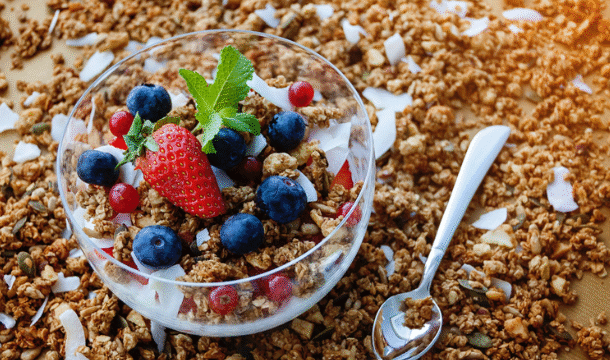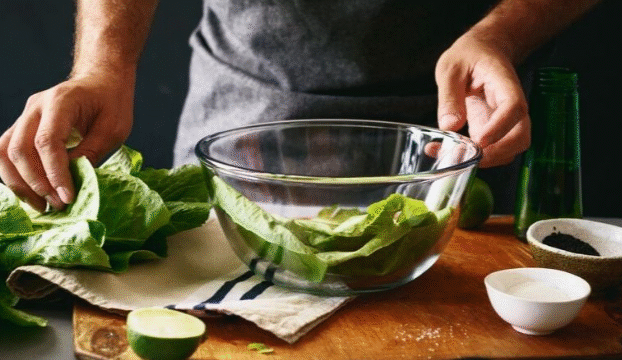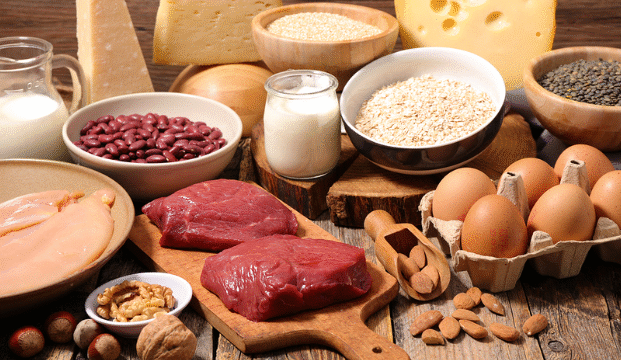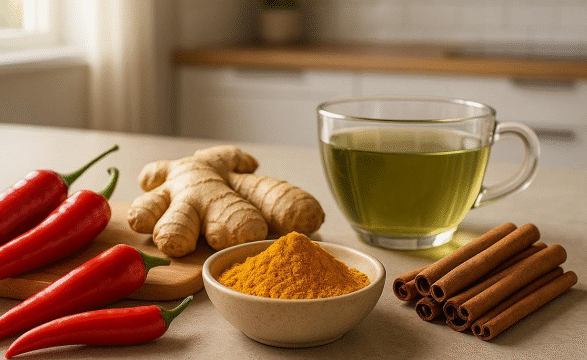Why Fiber Matters for Weight Loss
- Promotes fullness: High-fiber foods slow digestion, which helps curb unnecessary snacking.
- Supports digestion: Fiber helps maintain gut health and regularity.
- Balances blood sugar: By slowing the absorption of sugar, fiber may help reduce energy crashes.
- Often lower in calories: Fiber-rich foods tend to be less calorie-dense but more filling.
Top High-Fiber Foods to Include in Your Diet
1.
Beans and Lentils
Black beans, chickpeas, kidney beans, and lentils are packed with both fiber and protein, making them excellent for hearty meals like soups, stews, and salads.
2.
Whole Grains
Brown rice, quinoa, oats, barley, and whole wheat bread are better alternatives to refined grains. They provide long-lasting energy and more fiber per serving.
3. Vegetables
Broccoli, carrots, Brussels sprouts, spinach, and kale are rich in fiber and nutrients. Filling your dinner plate with half vegetables is a great way to boost fiber intake.
4. Fruits
Apples, pears, berries, oranges, and bananas are naturally sweet sources of fiber. Eating them with their skins (when safe) increases fiber content even more.
5. Nuts and Seeds
Chia seeds, flaxseeds, almonds, and walnuts are small but mighty. They offer healthy fats alongside fiber, making them a perfect snack or smoothie add-in.
6. Sweet Potatoes
Unlike regular potatoes, sweet potatoes offer fiber, antioxidants, and slow-digesting carbohydrates that can help keep hunger at bay.
7. Avocados
Avocados are rich in fiber and healthy fats. They add creaminess to meals and can be enjoyed in salads, spreads, or simply sliced on whole-grain toast.
Simple Ways to Eat More Fiber
- Start your morning with oatmeal topped with berries.
- Add beans to soups, salads, or pasta dishes.
- Snack on fruit instead of processed treats.
- Choose whole-grain bread or wraps over white flour versions.
- Sprinkle chia or flaxseeds into smoothies or yogurt.






